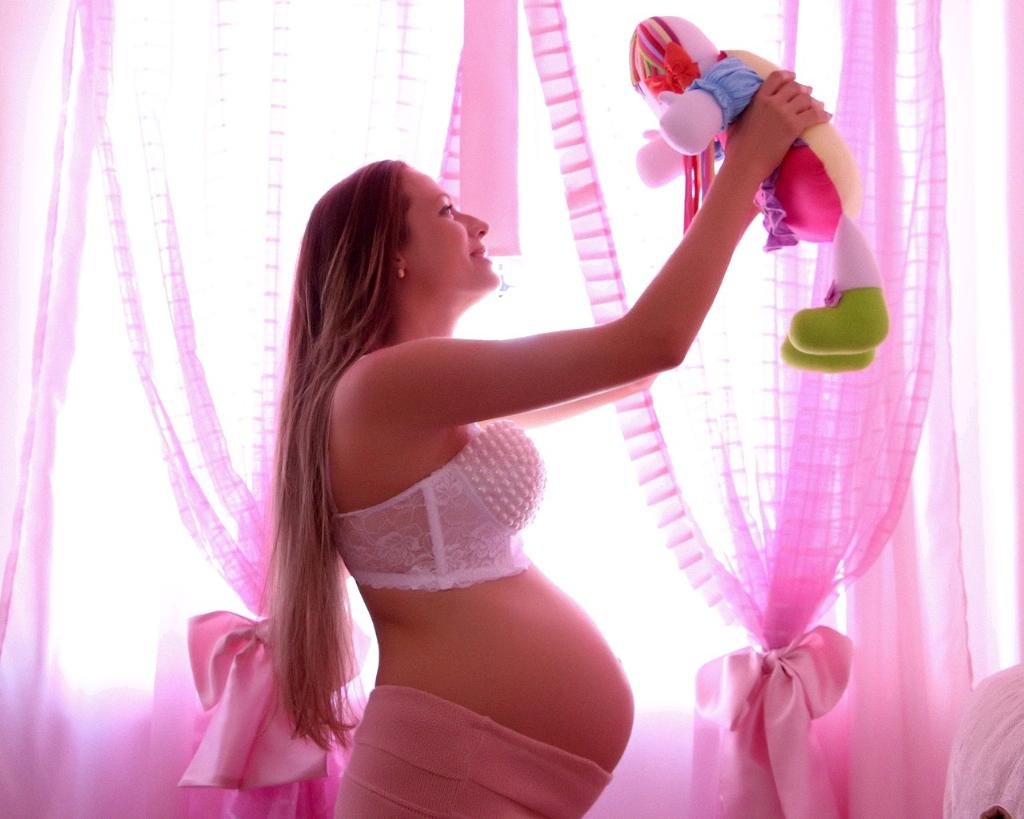Non-Invasive Prenatal Screening (NIPS) plays a crucial role in modern prenatal care, offering a safe and efficient method to assess the likelihood of certain chromosomal conditions in the fetus. However, determining the optimal timing for NIPS is essential to ensure accurate results and provide expectant parents with valuable information about the health of their baby.
One of the key considerations regarding the timing of NIPS is the gestational age of the pregnancy. Typically, NIPS is recommended to be performed during or after the tenth week of pregnancy. Before this point, samples collected for NIPS may not yield reliable results as the fetal DNA levels in the maternal blood may be too low for accurate analysis.
Therefore, it is crucial for healthcare providers to confirm that the pregnancy has progressed to at least the 10-week mark before offering NIPS to expectant parents. This ensures that the sample collected for screening contains a sufficient amount of fetal DNA to enable accurate detection of chromosomal abnormalities.
Waiting until the tenth week of pregnancy to conduct NIPS also allows for a more comprehensive assessment of the fetal DNA present in the maternal bloodstream. As the pregnancy advances, the quantity of fetal DNA increases, enhancing the accuracy and reliability of the screening results.
Additionally, performing NIPS after the tenth week of pregnancy offers expectant parents the opportunity to undergo early screening for chromosomal conditions such as Trisomy 21 (Down syndrome), Trisomy 18 (Edwards syndrome), and Trisomy 13 (Patau syndrome), among others. Early detection of these conditions can provide valuable information to help parents make informed decisions about their pregnancy.
Moreover, conducting NIPS at the recommended gestational age allows healthcare providers to ensure that the screening results are valid and actionable. By waiting until the tenth week of pregnancy, providers can minimize the risk of false-negative or false-positive results, enhancing the overall reliability of the screening process.
It is important to note that while NIPS can be performed after the tenth week of pregnancy, there is no upper limit to when the screening can be conducted. Even in the later stages of pregnancy, NIPS remains a valuable tool for assessing the risk of chromosomal abnormalities and providing expectant parents with essential information about their baby’s health.
In conclusion, the optimal time to perform Non-Invasive Prenatal Screening (NIPS) in pregnancy is during or after the tenth week. Waiting until this point ensures that the fetal DNA levels in the maternal blood are sufficient for accurate analysis, resulting in reliable screening results that can help guide expectant parents in making informed decisions about their pregnancy.

